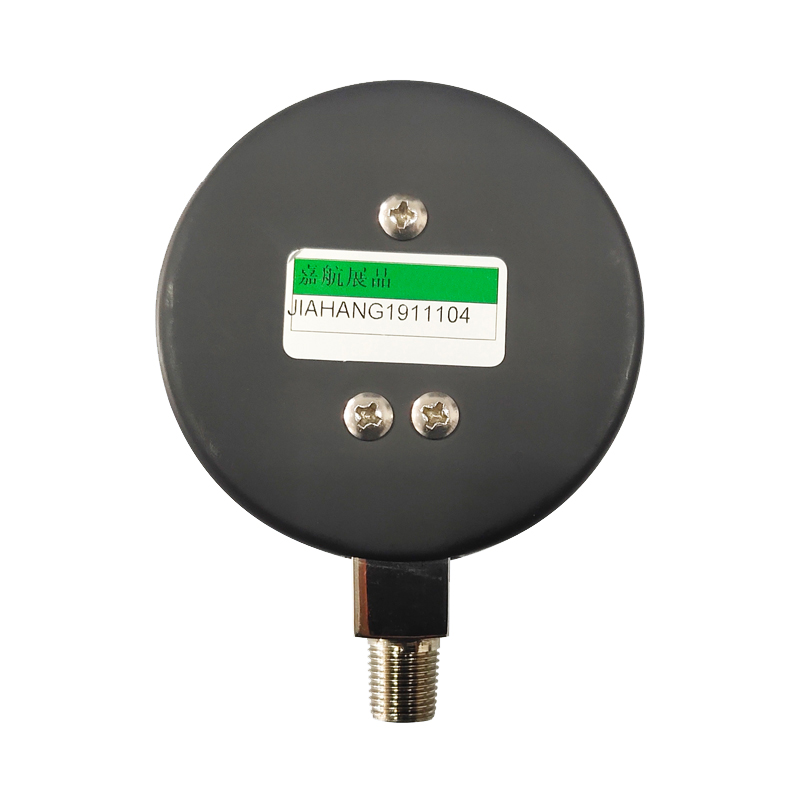
Dec . 14, 2024 13:05 Back to list
Pressure Gauge Solutions for Fire Protection Systems and Services
Pressure Gauge for Fire Protection Service Products
In the realm of fire safety, precision and reliability are paramount. One crucial component that ensures the effectiveness of fire protection systems is the pressure gauge. A pressure gauge provides real-time readings of the pressure levels within various fire protection service products, particularly within sprinkler systems, standpipes, fire pumps, and other related equipment. This article discusses the significance of pressure gauges, their types, applications, and maintenance in fire protection systems.
The Importance of Pressure Gauges
Pressure gauges are essential for monitoring the pressure of water systems used in fire protection. These instruments not only ensure that the system has adequate pressure to function effectively but also serve as an early warning system for potential issues. Low pressure can indicate leaks or blockages, while excessive pressure might suggest a malfunction that could lead to system failure. Regular monitoring through pressure gauges helps fire safety professionals maintain the integrity and reliability of their systems, ultimately ensuring better protection in case of a fire emergency.
Types of Pressure Gauges
There are several types of pressure gauges used in fire protection systems, each serving specific needs
1. Bourdon Tube Gauges These are the most common type of pressure gauge, utilizing a curved tube that straightens under pressure. The movement of the tube is translated into a dial reading, making it easy to monitor pressure levels.
2. Digital Pressure Gauges Offering enhanced accuracy, digital gauges convert pressure into an electrical signal, which is then displayed on a digital screen. These gauges can provide additional information including temperature, allowing for comprehensive system monitoring.
3. Liquid-Filled Gauges These gauges are filled with a liquid, usually glycerin, to dampen vibrations and provide more stable readings, especially in environments with fluctuating temperatures or vibrations.
4. Remote Pressure Gauges For systems where the pressure readings need to be monitored from a distance, remote gauges are an ideal solution. They transmit readings to control panels or monitoring centers, allowing for continuous oversight.
pressure gauge for fire protection service products

Applications in Fire Protection Systems
Pressure gauges are utilized in various fire safety applications, including
- Automatic Sprinkler Systems Here, pressure gauges help ensure that the sprinkler system maintains the correct pressure level, ensuring that water can be effectively discharged during a fire.
- Fire Pumps Fire pumps require constant monitoring to ensure they provide adequate pressure during an emergency. A pressure gauge connected to the pump can alert operators to any pressure issues that may arise.
- Standpipe Systems In multi-story buildings, standpipe systems are vital for fire department access. Pressure gauges on these systems help ensure that firefighters have the pressure needed to effectively combat fires.
Maintenance of Pressure Gauges
Effective maintenance of pressure gauges is essential for their accurate performance. Regular inspections should be conducted to check for any signs of wear or damage. Calibration is also necessary to ensure that the readings are precise; this may involve comparing the gauge with a known standard and making adjustments as needed. Additionally, it's crucial to clean the gauges to prevent blockages that could lead to inaccurate readings.
Conclusion
In summary, pressure gauges are indispensable tools in fire protection service products. Their role in monitoring and maintaining pressure levels directly impacts the effectiveness of fire suppression systems. By understanding the types of pressure gauges available, their applications, and the importance of maintenance, fire safety professionals can enhance their systems’ reliability. Ultimately, these measures contribute to better fire protection and the safety of individuals and property in the event of a fire. Investing in quality pressure gauges and adhering to a rigorous maintenance schedule is not just advisable; it is essential for optimal fire safety performance.
-
High-Quality Pressure Gauge on Fire Extinguisher - Reliable Water Fire Extinguisher Pressure Gauge Suppliers & Exporters
NewsJul.08,2025
-
High-Quality Water Pressure Differential and Gauge Kit Reliable Manufacturers & Competitive Quotes
NewsJul.08,2025
-
High-Precision Digital Diaphragm Pressure Gauge – Reliable Manufacturer & Competitive Quotes
NewsJul.07,2025
-
Wholesale Diaphragm Pressure Gauge Supplier - Premium Quality & Competitive Price
NewsJul.07,2025
-
Digital Diaphragm Pressure Gauge Reliable & Precise Measurement Top Manufacturers Quotes
NewsJul.06,2025
-
High Accuracy Piston Type Differential Pressure Gauge - Reliable Manufacturers & Competitive Quotes
NewsJul.06,2025
